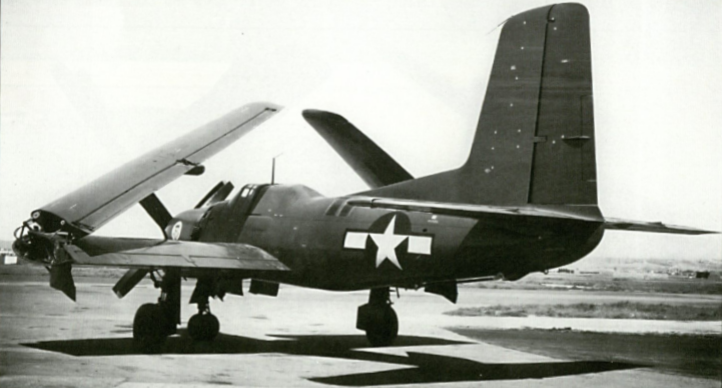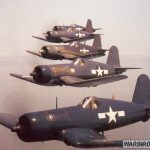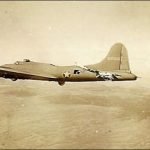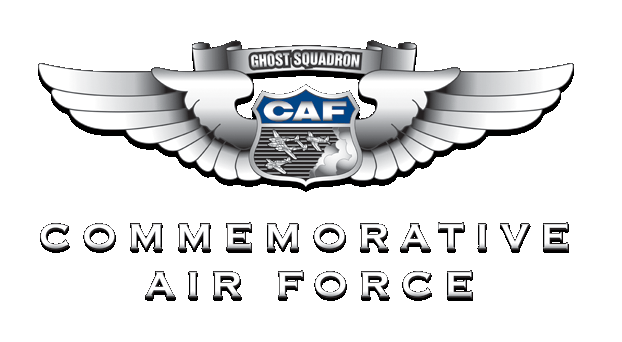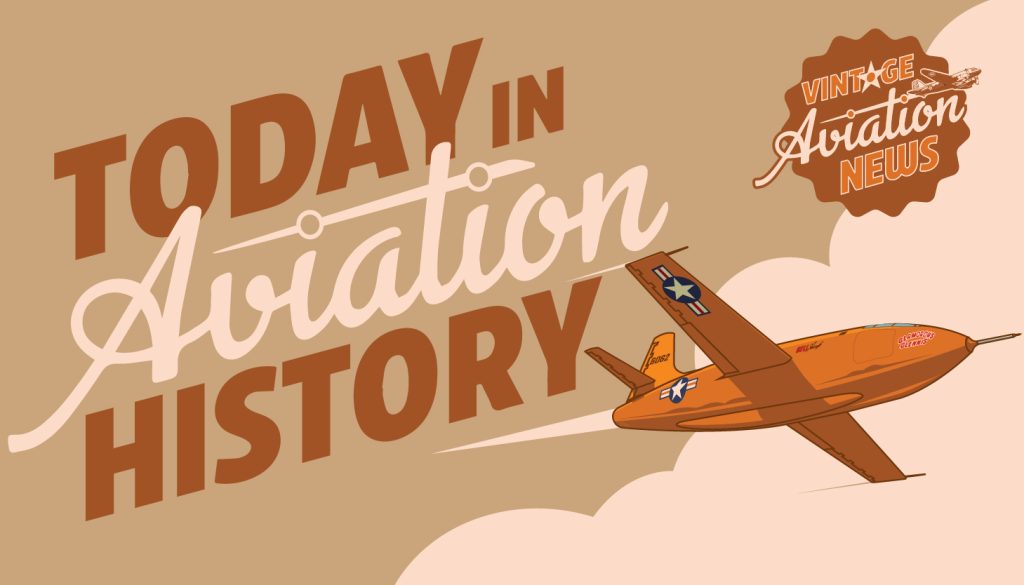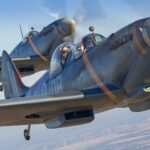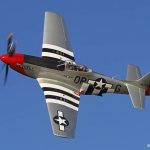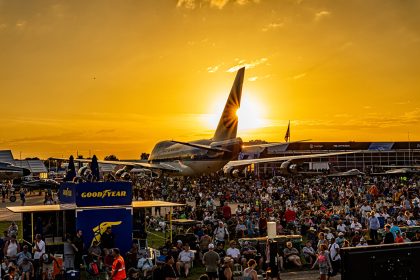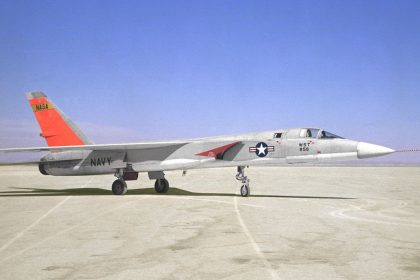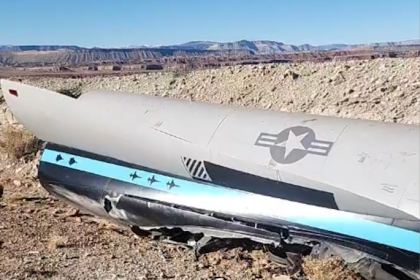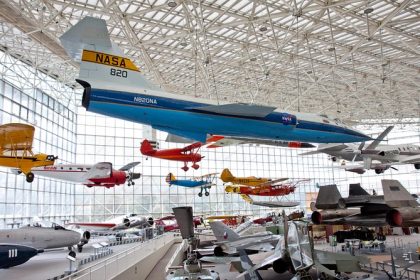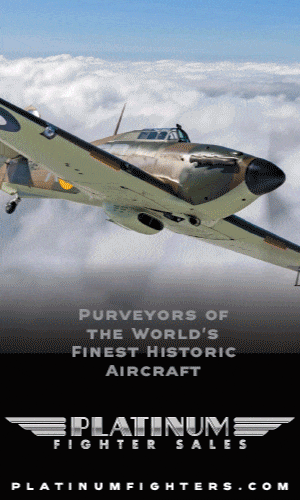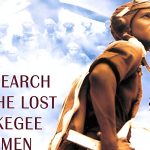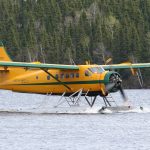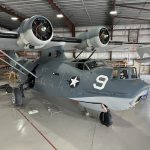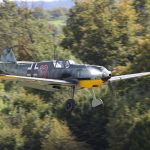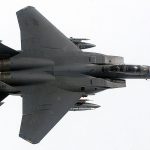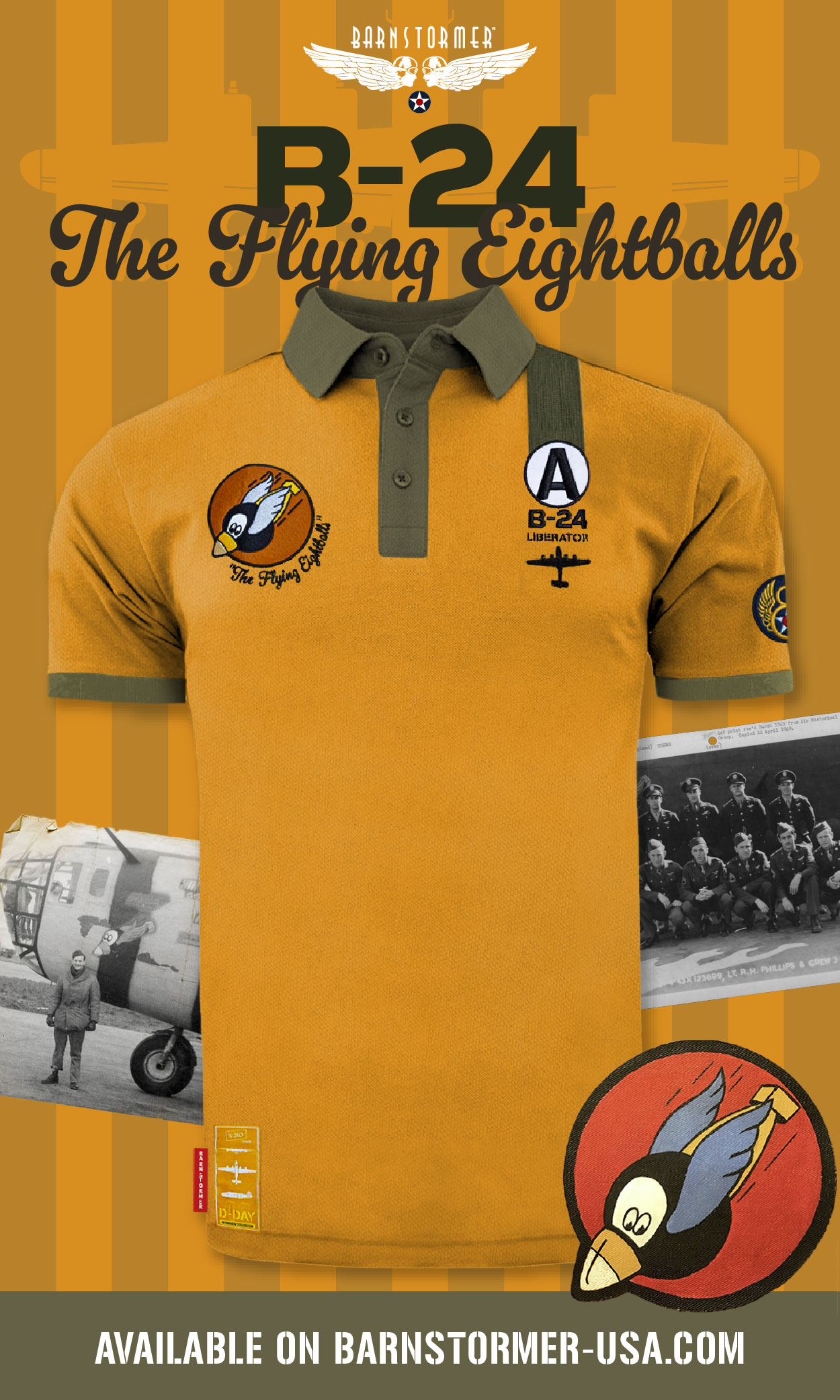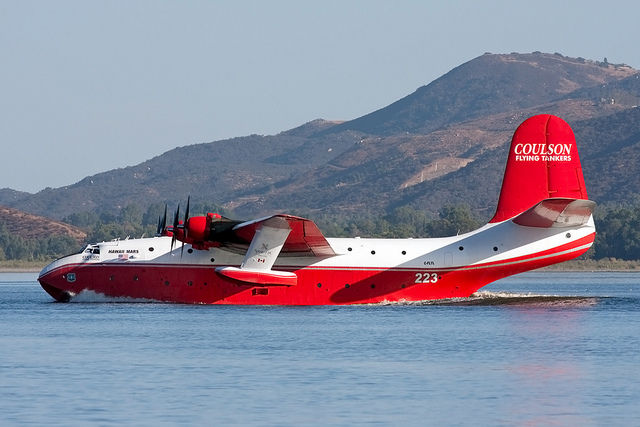On March 18, 1945, the Douglas XTB2D-1 Skypirate took flight for the first time. Designed as a carrier-based torpedo bomber, the Skypirate was intended to operate from the larger, planned Midway and Essex-class aircraft carriers. However, at the time of its development, the aircraft was too large for existing carrier decks. Ultimately, only two prototypes were built and test-flown.
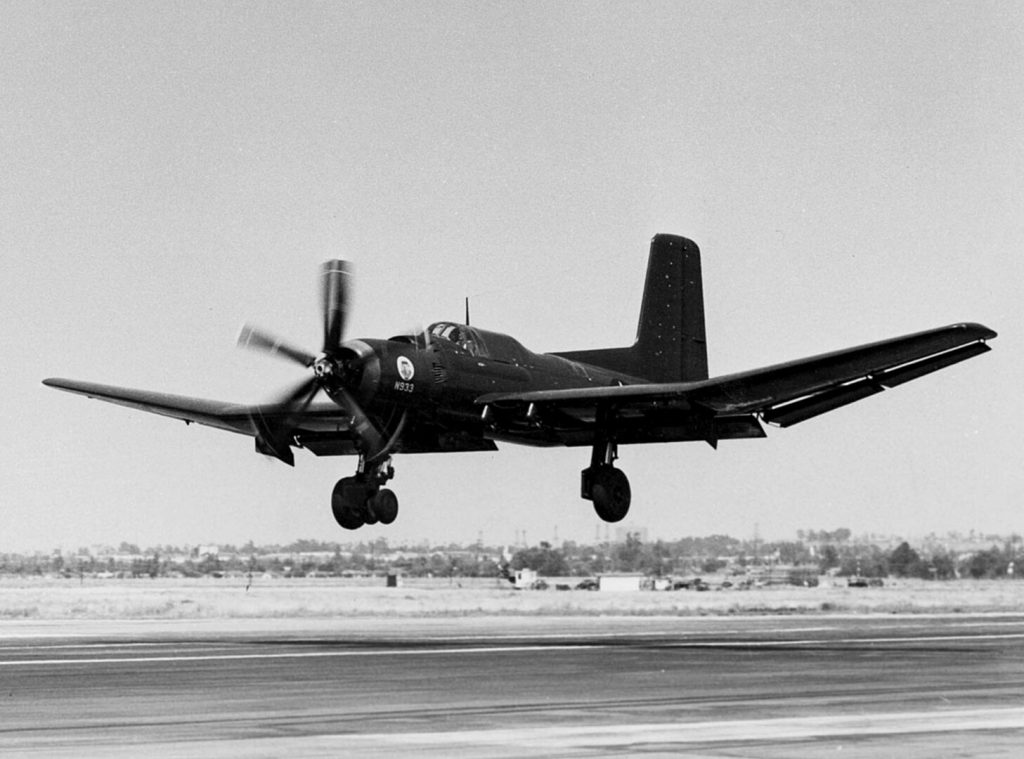
Also known as the Devastator II, the XTB2D-1 was conceived as a replacement for the aging Douglas TBD Devastator, which had served with the U.S. Navy since 1937. Equipped with a powerful Pratt & Whitney R-4360-8 Wasp Major radial engine producing 3,000 horsepower, the Skypirate featured contra-rotating Hamilton Standard four-bladed propellers. It had a maximum speed of 340 miles per hour and a cruising speed of 168 miles per hour.
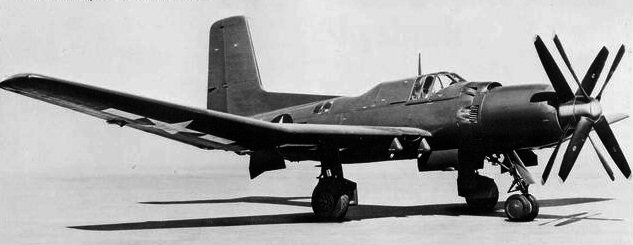
The Skypirate was heavily armed, boasting seven .50 caliber machine guns—four in the wings, two in a dorsal turret, and one in a ventral bath turret. With a crew of three, the aircraft was well-equipped for both offensive and defensive operations. It could carry up to 8,400 pounds of bombs or four torpedoes, making it one of the most heavily armed torpedo bombers of its time.
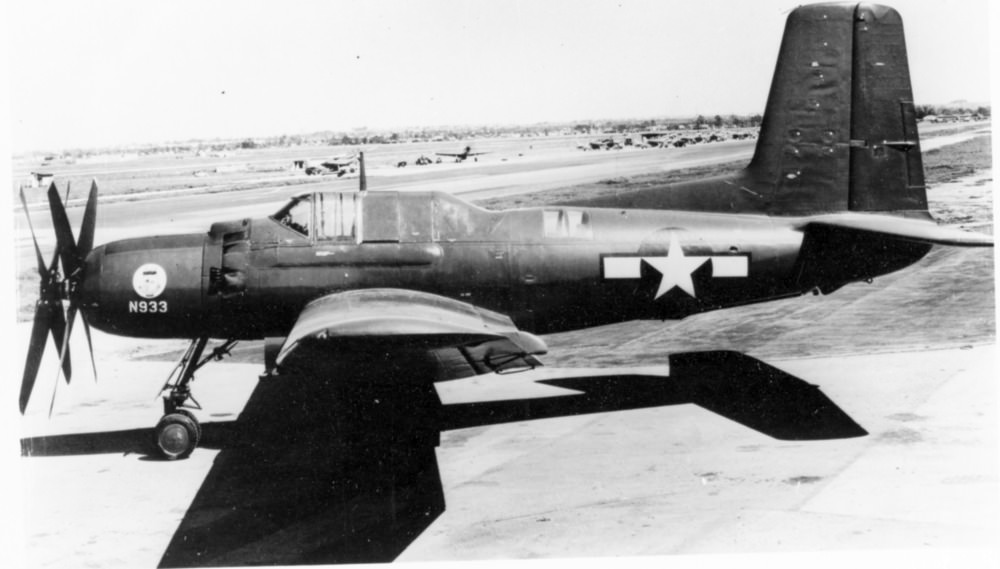
Despite its impressive capabilities, the Douglas XTB2D-1 Skypirate never entered production. The end of the Pacific War and delays in the development of larger U.S. Navy carriers rendered the aircraft unnecessary. Additionally, the role of dedicated torpedo bombers was becoming obsolete as advancements in aviation technology allowed multi-role fighter bombers to assume this function. Both Skypirate prototypes were ultimately scrapped, but their legacy endures as an example of wartime innovation and the unrealized potential of aviation history.
